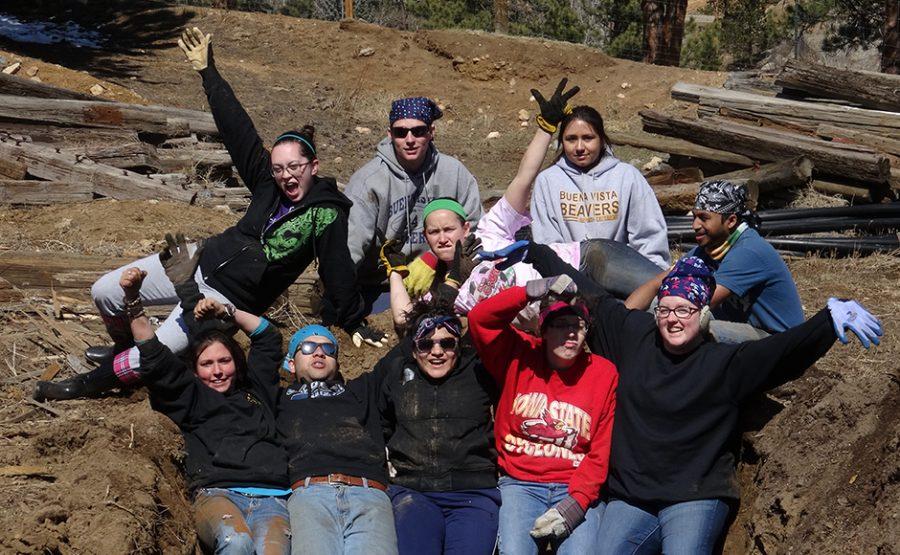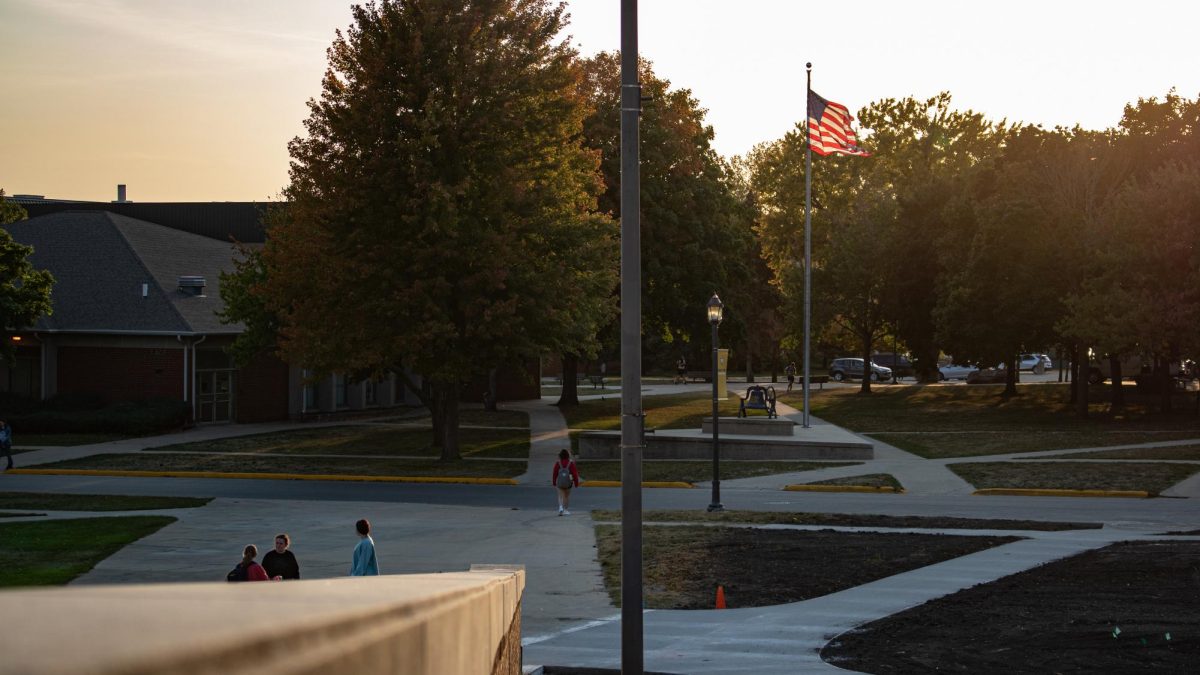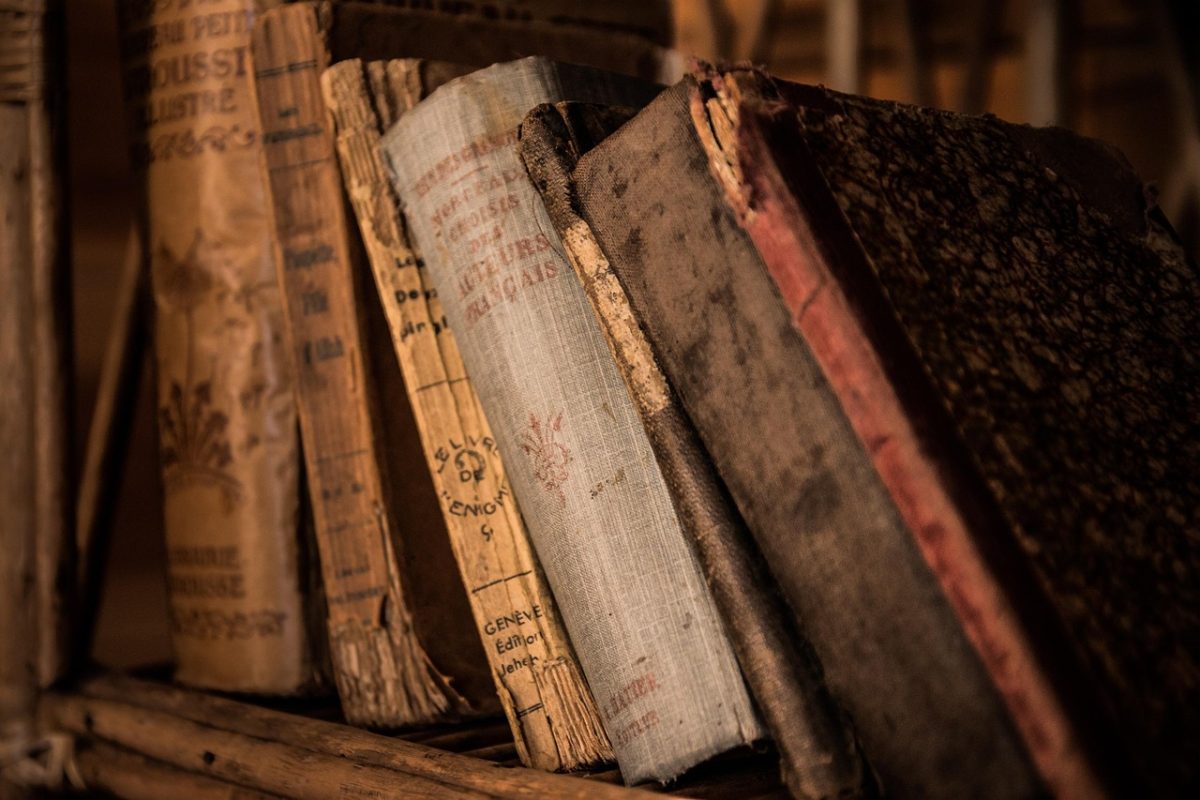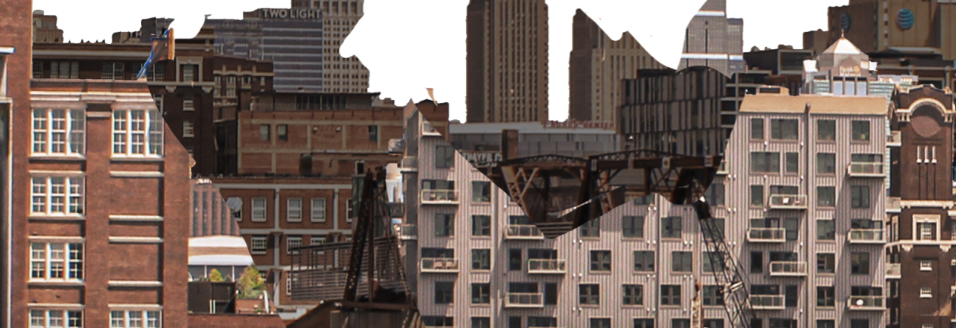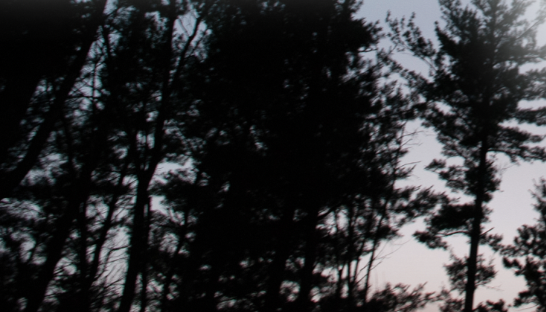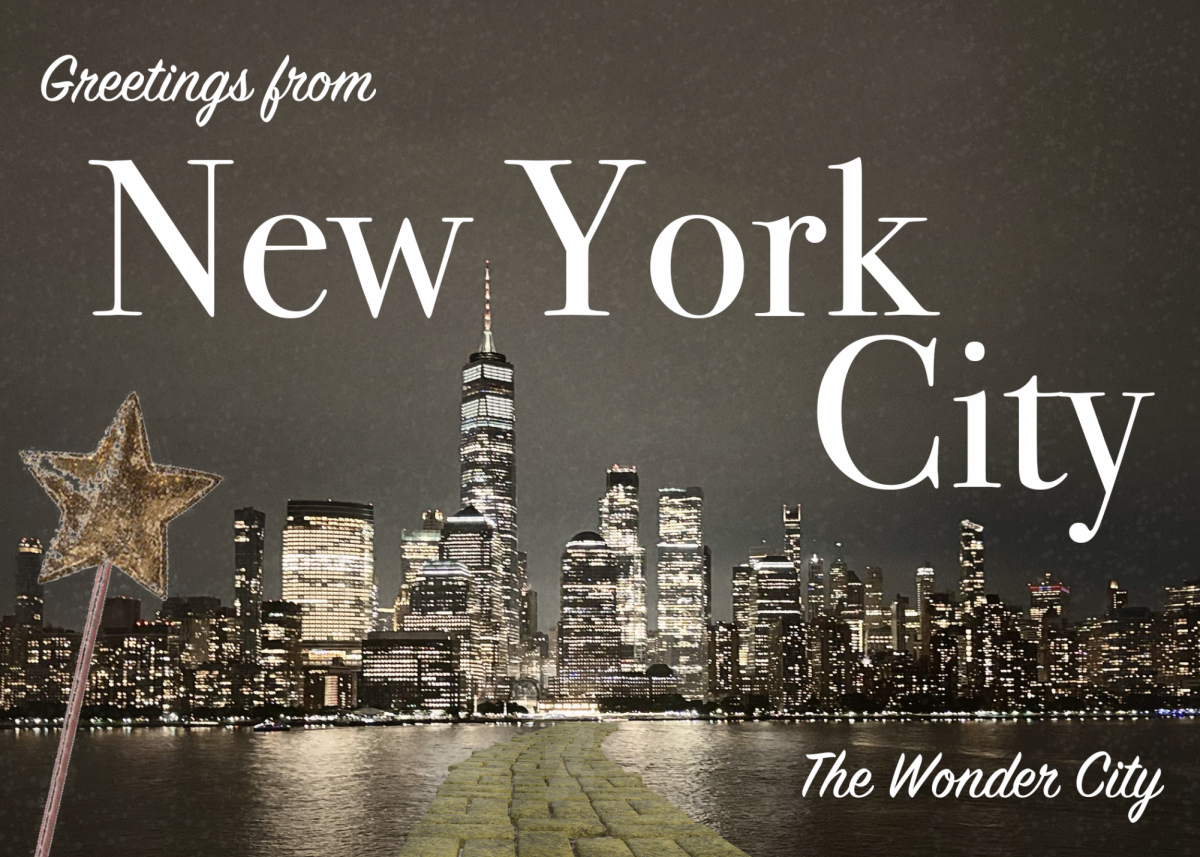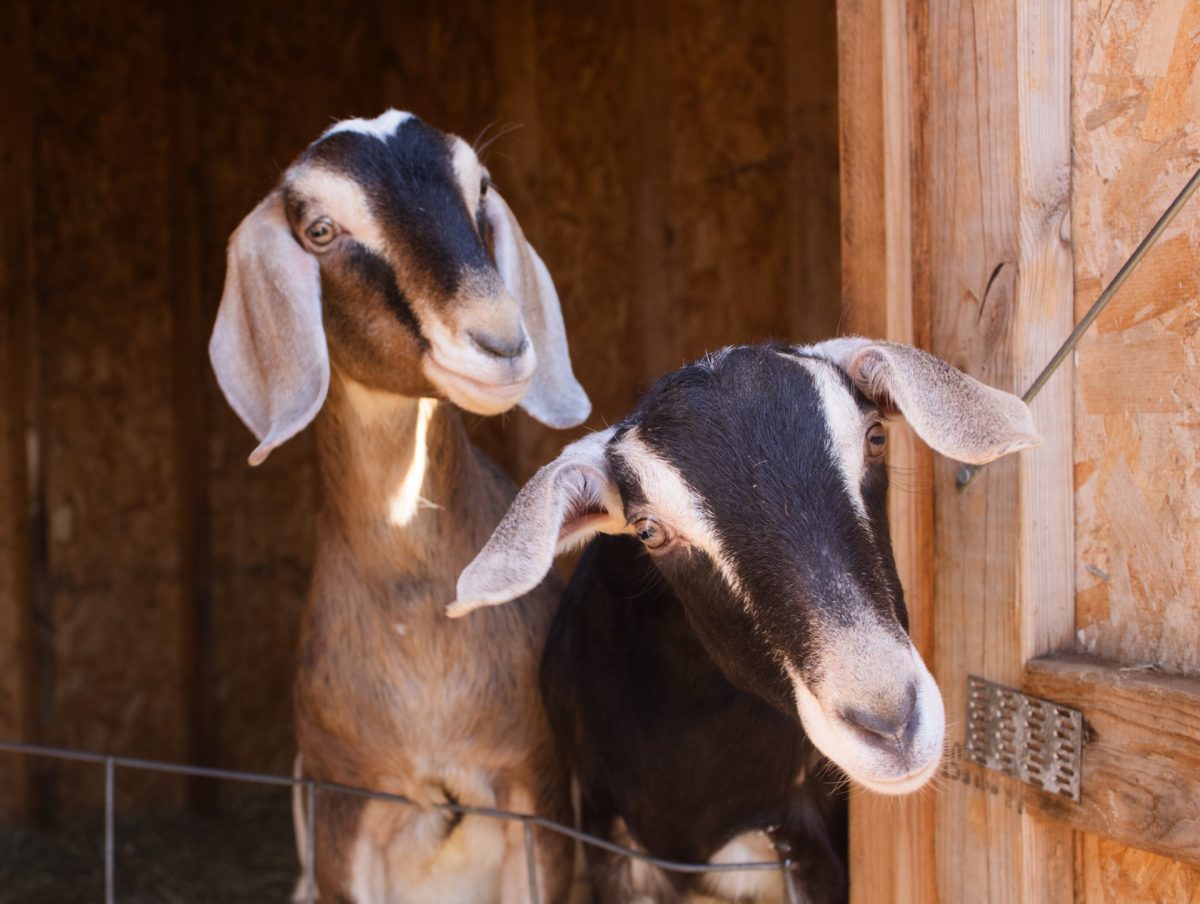Cassie Forsyth | Arts & Life Co-Editor
Buena Vista University (BVU) offers an Alternative Week of Offsite Learning (AWOL) each spring break, which gives students a chance to go on a variety of service trips in different locations. This year, I went to Colorado which was a disaster relief trip.
For the past two years of my college career, I always found it to be an interesting substitute for spring break, but personally, I didn’t think I wanted to “give up” my own spring break. Spring break has always been a chance for me to relax, de-stress from school, and spend time with my family and friends from back home. But this year, I wanted to do something selfless and focus on others rather than myself for the week. BVU offers so many incredible opportunities that I thought I would be crazy to brush past this one for a third time.
I went on the disaster relief trip to help people whose properties had been damaged from the floods that struck the Colorado area last fall. I applied for this specific trip because I have always had an interest in the idea of serving on a physical level and being able to watch the progress as I helped. That’s exactly what this trip did for me.
We worked on different projects and were usually sent to a different location each day. This was tough to do because we gained both a physical and emotional connection to each place we went, but we weren’t able to finish the project we began each day. Still, it was nice to see so many different places and work on new things.
The first day of work, we worked in Lyons at a house that was damaged from a mudslide that came into the garage. Our task was to shovel the high pile of dirt out of the garage. We then proceeded to move the dirt to the driveway where we patched up rough spots and essentially built a new road.
The next day, we worked at a food pantry in the morning. We learned how to safety-check canned foods and then we organized them into categories. The afternoon was spent on a fish farm where we were challenged to rake, shovel, and do anything we could to clear the debris out of a tree line in order to allow the trees to live. At the end of the day, we received a tour of the fish farm to see how the place worked.
On our third day of service, we visited a ranch in Estes Park. It had been completely destroyed from the floods, and we were there to help them so they could get it looking better by summer. We collected wood and then went through a junk pile to clear it away from the pathways of the ranch.
The next day, we worked with Habitat for Humanity. Our group split up to work on a variety of tasks. Some were putting in insulation in the basement, some were putting up dry wall, and some were putting up siding on the outside of the house.
On our last day of service, we returned to the ranch in Estes Park, where we did various tasks including tearing up a barn floor, pulling nails out of wood in order to reuse it, picking up large rocks out of the drive way, and decorating the outside of the barns.
At the end of the week, our volunteer coordinator told us it was important to learn a variety of skills but that if we excel in one skill and become an expert, then we can help others in that field in the future. I learned so many skills that I never would have had knowledge in if it weren’t for this trip. I even learned more about the environment and got a chance to see just how powerful water can be. All the skills and various tasks we did over the week will stick with us when we volunteer in the future, and to me, that’s one of the most important goals of AWOL.
I went into this trip thinking that I was going to help Colorado, but I came out of it knowing that I helped the people there. Colorado isn’t just a place that was destroyed; it’s a place where people lost some of their most important possessions, including their homes in some cases. Yet, nearly everyone we met stayed so positive. Everyone was so happy to have us there to help, even if we weren’t very skilled in the tasks we were completing. Most of the people we met in Colorado weren’t originally from there. They had come on vacation and decided to move there. We asked one person why he decided to move there, and he responded with, “Have you looked outside?” It really touched me that these people were still so proud of where they live and still so happy to be there, even after what happened. The community truly came together because of this disaster, and I think that was the most important lesson we learned there – stick together in times of need.
Photos courtesy of Cassie Forsyth



